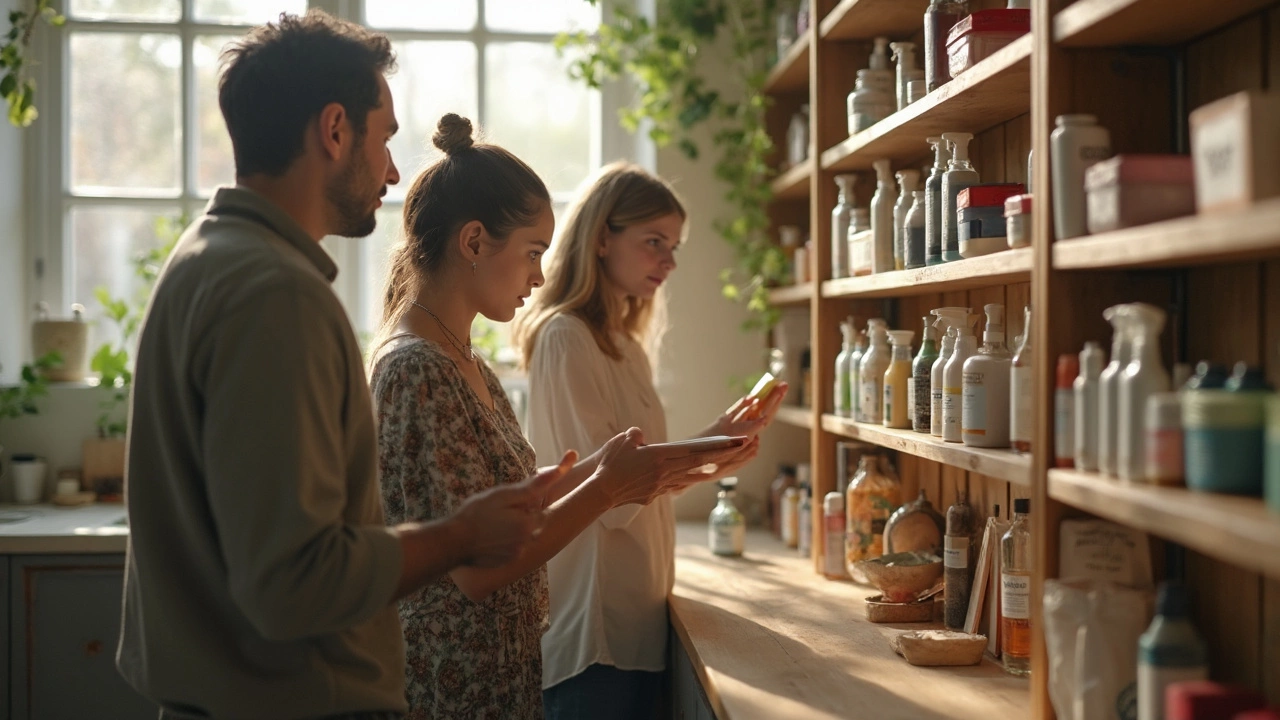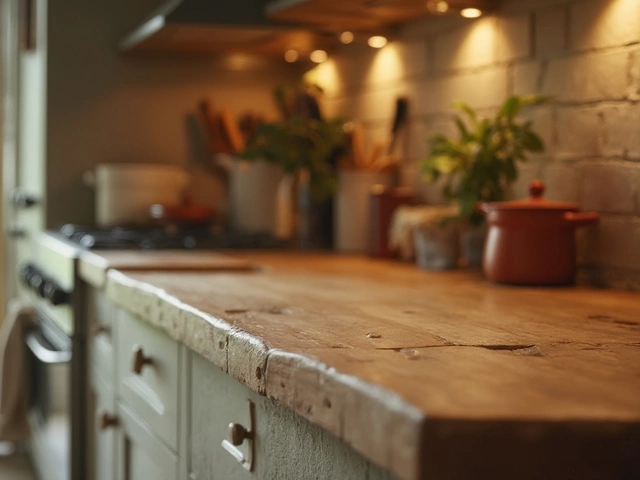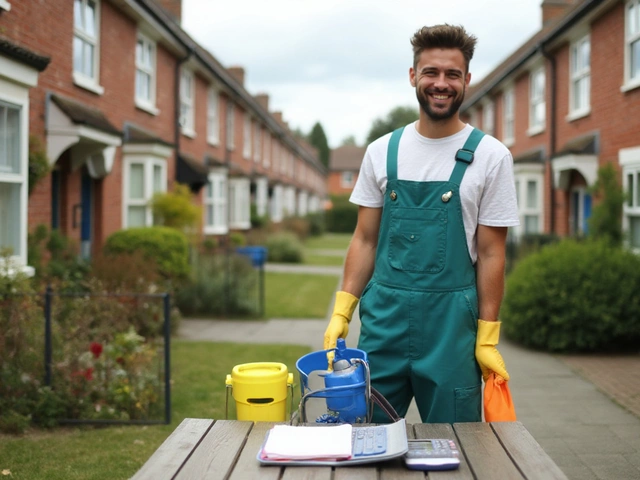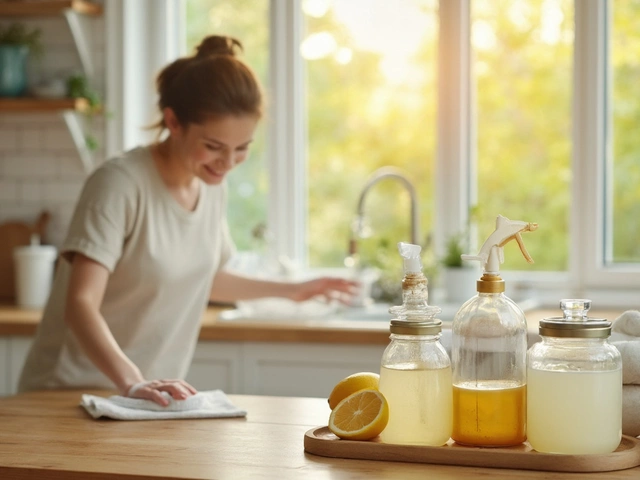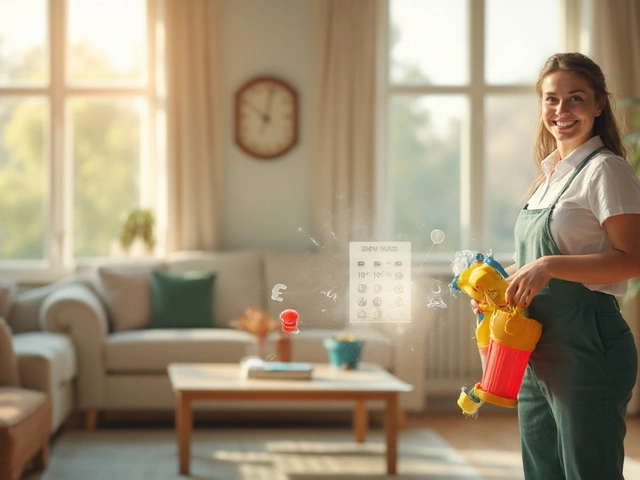Green Cleaning: Simple Ways to Keep Your Home Spotless and Sustainable
When you talk about green cleaning, a method that uses non‑toxic, biodegradable solutions to keep homes spotless while protecting the planet. Also known as eco‑friendly cleaning, it focuses on health, safety, and reducing environmental impact. Eco‑friendly cleaning products are made from natural ingredients like vinegar, baking soda, and citrus oils, so they break down harmlessly after use. Green cleaning encompasses these products, requires minimal chemical load, and helps lower indoor air pollutants. By swapping a traditional spray for a plant‑based alternative, you instantly cut down on harsh fumes and protect loved ones with allergies. This shift also reduces the amount of plastic waste headed to landfill because many eco‑friendly brands offer refillable containers or bulk options.
Why DIY Natural Cleaners Are a Game Changer
One of the fastest ways to adopt green cleaning is to make your own solutions. DIY natural cleaners use pantry staples such as lemon juice, dish soap, and essential oils to tackle grease, grime, and stains. These recipes enable you to control scent, strength, and safety, eliminating hidden surfactants found in commercial formulas. For example, a mix of half a cup of baking soda and a splash of water creates a paste that cuts baked‑on oven grime without scrubbing for hours. Pair that with a vinegar spray for the stovetop, and you have a powerful, low‑cost system that works on most surfaces. This approach supports sustainable home care by reusing containers and cutting down on single‑use packaging, while also teaching kids about responsible consumption. When you see how simple ingredients can replace pricey chemicals, the motivation to keep exploring greener options grows.
Beyond homemade mixtures, the broader practice of environmentally safe cleaning methods includes techniques like low‑temperature washing, microfiber cloths, and water‑efficient mops. These methods reduce water and energy usage, which directly lowers utility bills and carbon footprints. Using a microfiber towel, for instance, captures dust and microbes without the need for disposable wipes, cutting waste by up to 80 percent. Incorporating a low‑waste cleaning routine—re‑using spray bottles, composting citrus peels used for freshening—creates a loop where each step feeds the next, keeping your home tidy and your conscience clear. Over time, these habits combine into a comprehensive sustainable home care system that not only protects the environment but also extends the life of your appliances and surfaces. Below you’ll find a collection of articles that dive deeper into each of these topics, from detailed DIY recipes to cost‑effective business ideas for eco‑focused cleaning services.
